- Category
- Latest news
Ukraine’s Bayraktar TB2 Returns to Combat — Why Now, and Where Has It Been? The Full Story of a Wartime Legend
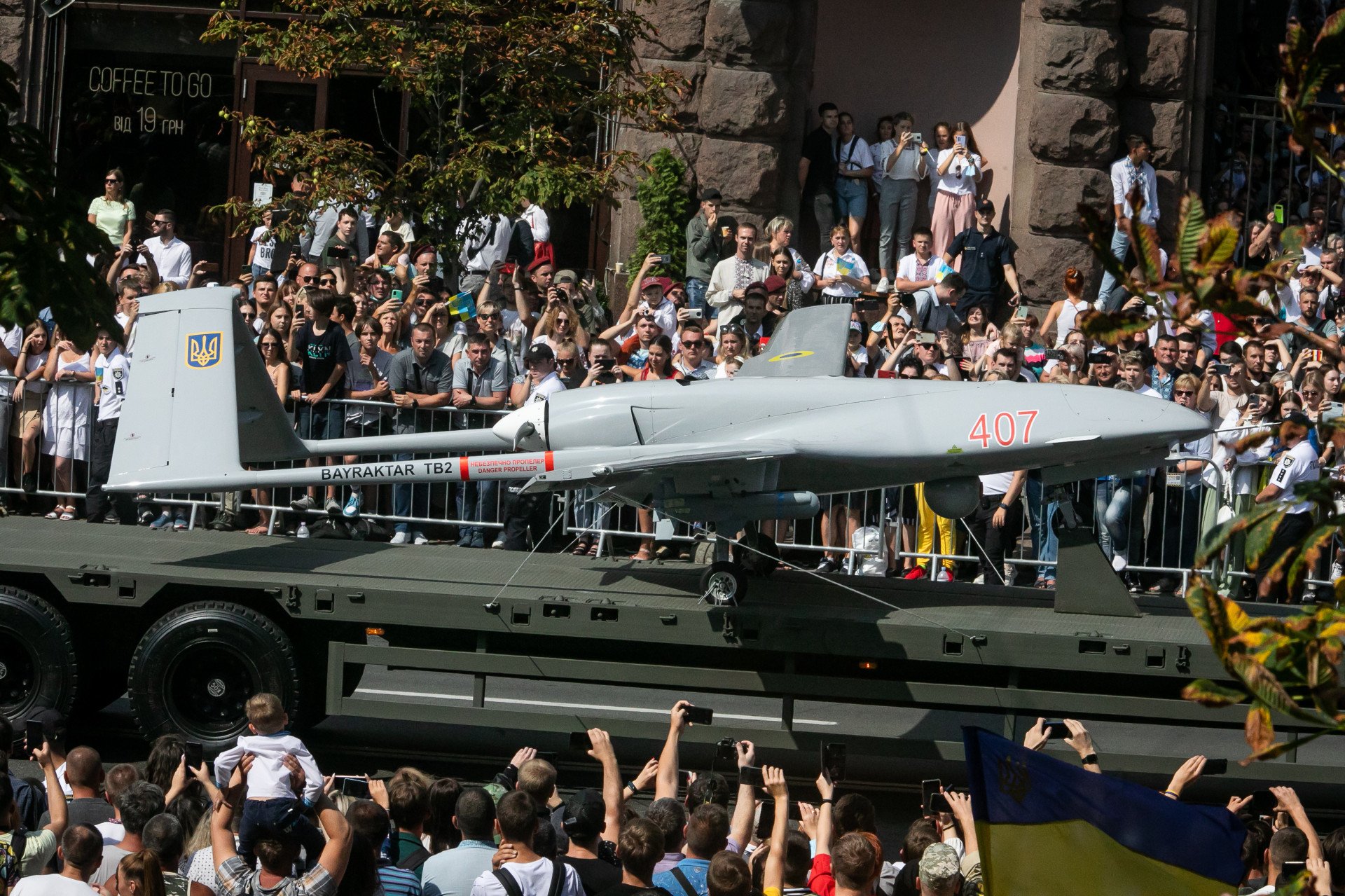
The Bayraktar TB2 helped shape the first phase of Ukraine’s defense, taking out tanks, convoys, and warships in 2022. Then it vanished. In June 2025, it returned—with a precision strike on a Russian landing craft. This is the story of why the drone disappeared—and why it’s flying again now.
Ukraine has brought its Bayraktar TB2 combat drones back into active use, with new footage showing a successful strike on a moving Russian landing craft in the Kherson region.
Published on June 25 by Vice Admiral Oleksii Neizhpapa, the operation marks the first publicly confirmed appearance of TB2s in months. According to Army Recognition, the drone used a precision-guided MAM-L munition to target and reportedly destroy the vessel.
👀 Ukrainian navy destroyed a boat with Russian troops off Kherson coast.
— UNITED24 Media (@United24media) June 24, 2025
📹: Ukrainian Navy pic.twitter.com/LVURHL2odb
The reappearance of the TB2—a drone once hailed as a battlefield game-changer—raises a key question: what happened to Ukraine’s most iconic unmanned system, and why is it returning now?
To answer that, we trace the full arc of the Bayraktar TB2 in Ukraine’s war effort—from its early triumphs and sudden disappearance to its calculated return in 2025.
How Ukraine acquired the Bayraktar TB2
Ukraine began receiving Bayraktar TB2s in 2019 following a $69 million contract with Turkey’s Baykar. The Ukrainian Air Force received the first batch by the end of that year, and the Navy followed with a separate acquisition in 2021. By the eve of the Russia’s full-scale invasion, Ukraine had approximately 20 operational TB2s, split between the Air Force and Navy.
Following Russia’s 2022 invasion, Ukraine accelerated its procurement, receiving an additional 16 units in early March 2022.
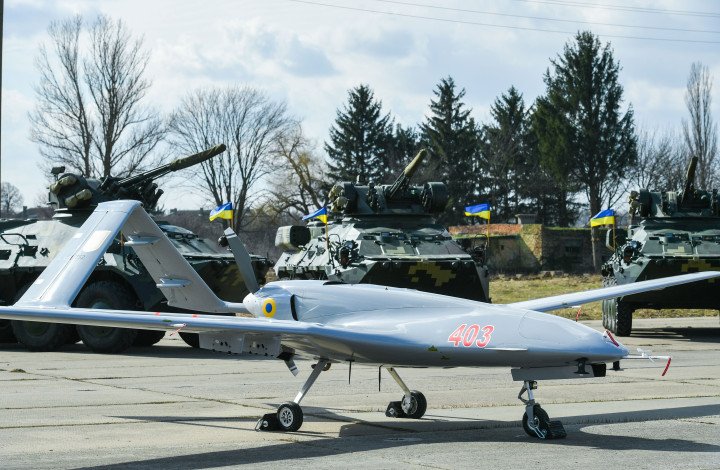
These included both purchased and donated drones, with Baykar providing at least 20 TB2s free of charge in response to crowdfunding campaigns in Lithuania, Poland, and Ukraine. Defense Minister Oleksii Reznikov confirmed on March 2, 2022, that new Bayraktars were already in combat use.
By the end of 2022, Ukraine had received an estimated total of 77 Bayraktar TB2s, combining pre-war purchases, wartime acquisitions, and international donations.
Combat debut and early battlefield successes
The TB2's first confirmed combat use occurred in October 2021 when Ukraine struck a separatist artillery position in Donetsk region.
However, its full combat potential emerged after February 24, 2022. In the opening weeks of the full-scale invasion, TB2s targeted vulnerable Russian convoys, destroying tanks, armored vehicles, and air defense systems.
One of the most widely circulated videos from this period showed a TB2 destroying a Russian Buk missile system in Zhytomyr region on February 27.
By mid-March 2022, analysts had confirmed nearly 60 vehicle kills credited to the TB2. These included tanks, supply trucks, and air defense units, often caught on highways or staging areas with little protective cover.
The psychological impact of these strikes was immense. The Ukrainian government released an official folk song titled “Bayraktar,” which quickly went viral, and the drone became an icon of national resistance.
Naval operations and the Snake Island campaign
In April and May 2022, Bayraktars supported several notable maritime and amphibious operations. During the sinking of the Russian cruiser Moskva on April 13, reports suggested TB2s may have played a role by distracting the ship’s radar or providing targeting data for Neptune missiles.
The TB2 was also instrumental in Ukraine’s campaign to retake Snake Island. In early May, TB2s struck and destroyed multiple Russian surface-to-air missile systems stationed on the island.
On May 2, two Russian Raptor-class patrol boats were hit and destroyed by TB2 strikes. Later that week, the drones destroyed a Serna-class landing craft and a Mi-8 helicopter during troop deployment.
These operations demonstrated the TB2’s value in a maritime environment, particularly when paired with real-time intelligence and suppression of enemy air defenses.
Retreat from the frontline
By mid-2022, Russia began adapting to the TB2 threat. Improved electronic warfare and layered air defense systems made it increasingly difficult for large, slow drones to operate safely. Ukrainian officials acknowledged that TB2s had become highly vulnerable to Russian systems like Pantsir-S1, Buk, and Tor.
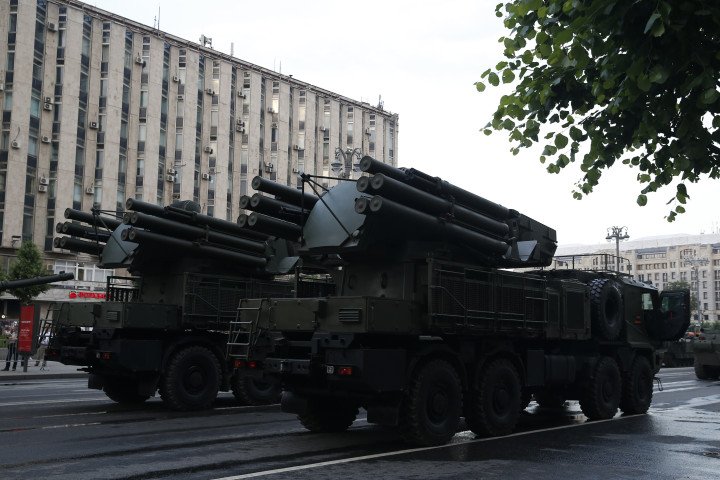
Losses mounted. Independent monitors recorded at least 26 TB2s destroyed by 2023. The Ukrainian military responded by withdrawing most TB2s from direct combat.
Instead, they were used for reconnaissance, target designation, and rare strikes in lightly defended areas.
Ukraine also shifted its focus toward smaller, domestically produced FPV drones and loitering munitions. These systems were cheaper, more disposable, and better suited for frontline operations in contested airspace.
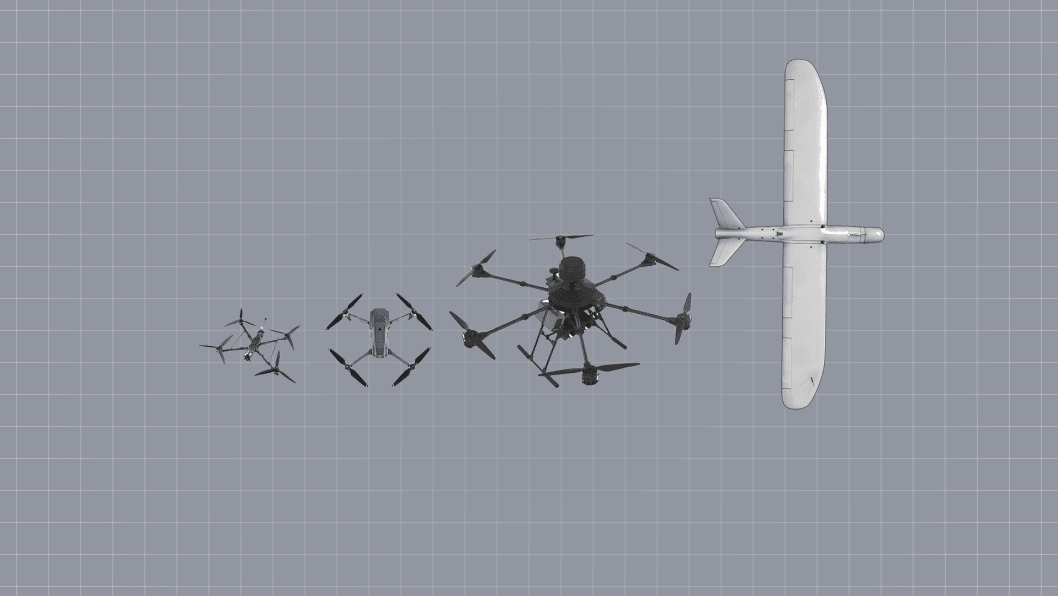
Throughout 2023 and into early 2025, TB2s all but disappeared from the public eye. Few strike videos emerged, and their presence was largely replaced by commercial quadcopters and long-range one-way attack drones. Analysts noted that the TB2's era as a dominant battlefield system had passed.
Still, Ukraine retained a number of the drones and continued to use them selectively. Reports suggest TB2s conducted surveillance and artillery spotting missions during this time, flying behind friendly lines and avoiding high-risk engagements.
Reemergence in 2025
The June 2025 strike on a Russian landing craft near Kherson marks the clearest sign of the TB2’s return. This reappearance reflects both operational necessity and changing conditions on the battlefield. Russia’s air defense coverage in southern Ukraine has likely been degraded by months of targeted strikes on S-300 and S-400 batteries.
The Bayraktar’s recent use aligns with a broader Ukrainian strategy of suppressing and exploiting gaps in Russian air defenses. When paired with naval forces or used in semi-permissive environments, TB2s remain a viable strike platform.
-6403c946457b52fb65db46330ea2b5ec.png)
This return also demonstrates Ukraine’s flexible approach to drone warfare. While FPVs and loitering munitions now dominate the tactical landscape, legacy systems like the TB2 can still deliver strategic results when employed judiciously.
The Bayraktar TB2 has played a unique role in Ukraine’s defense against Russian aggression. From its early victories over armored columns to its dramatic naval operations and eventual tactical retreat, the TB2 has adapted to shifting battlefield dynamics. Its reemergence in 2025 underscores Ukraine’s continued reliance on layered and adaptive unmanned strategies.
Though no longer the centerpiece of Ukraine’s drone fleet, the TB2 remains a potent symbol—and a reminder that even in a saturated drone war, legacy systems can still find new purpose when conditions allow.



-72b63a4e0c8c475ad81fe3eed3f63729.jpeg)


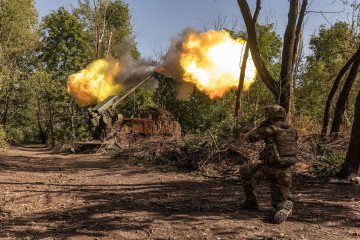
-111f0e5095e02c02446ffed57bfb0ab1.jpeg)